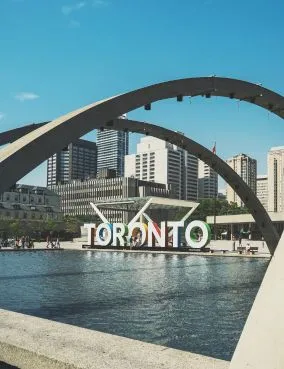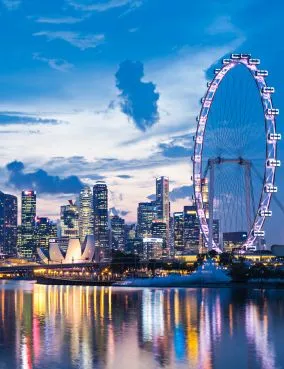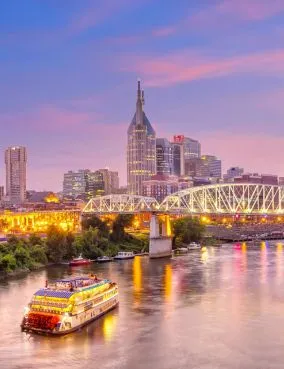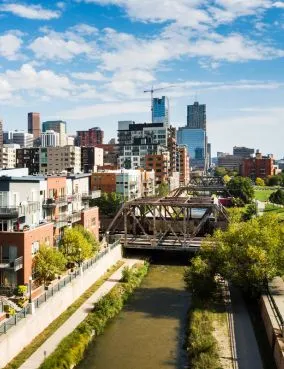Breathing clean air is essential for our health and well-being. Some cities stand out as havens of clean air and minimal pollution. These least polluted cities provide a higher quality of life for their residents. They also serve as examples of successful environmental policies and practices. According to the latest data from IQAir, these cities have some of the lowest levels of air pollution.
If fresh air and well-being are high on your priority list, these cities provide an ideal environment, whether you’re looking to relocate or enjoy a revitalizing vacation.
Read on for the list of the 10 least polluted cities with the best air quality worldwide.
1. Seattle, USA (1.9µg/m3)
Seattle consistently ranks among the least polluted cities. Its commitment to sustainable practices. Investments in renewable energy and the promotion of electric vehicles contribute significantly to clean air. The city’s extensive public transportation network also contributes to reducing traffic-related pollution. It’s making it a breath of fresh air for residents and visitors alike.
Its abundant green spaces and parks enhance its air quality. They provide natural filtration and promote outdoor activities. Local policies that limit industrial emissions play a crucial role in maintaining Seattle’s immaculate air. Community initiatives focused on environmental conservation and sustainability further bolster the city’s ongoing efforts to keep the air clean and healthy.

2. Montreal, Canada (2µg/m3)
Montreal’s dedication to environmental protection is evident in its impressive air quality. With an annual average PM2.5, Montreal consistently outperforms the World Health Organization’s guidelines for air quality. The city’s commitment to strict emissions standards for vehicles and industries has been instrumental in significantly curbing pollution levels.
They boast abundant green spaces, including Mount Royal Park, which acts as a natural air filter and provides residents ample opportunities to enjoy nature and clean air. The park’s lush vegetation helps absorb pollutants and release oxygen, enhancing air quality. Urban planning also prioritizes green spaces, ensuring residents can access clean, breathable air.
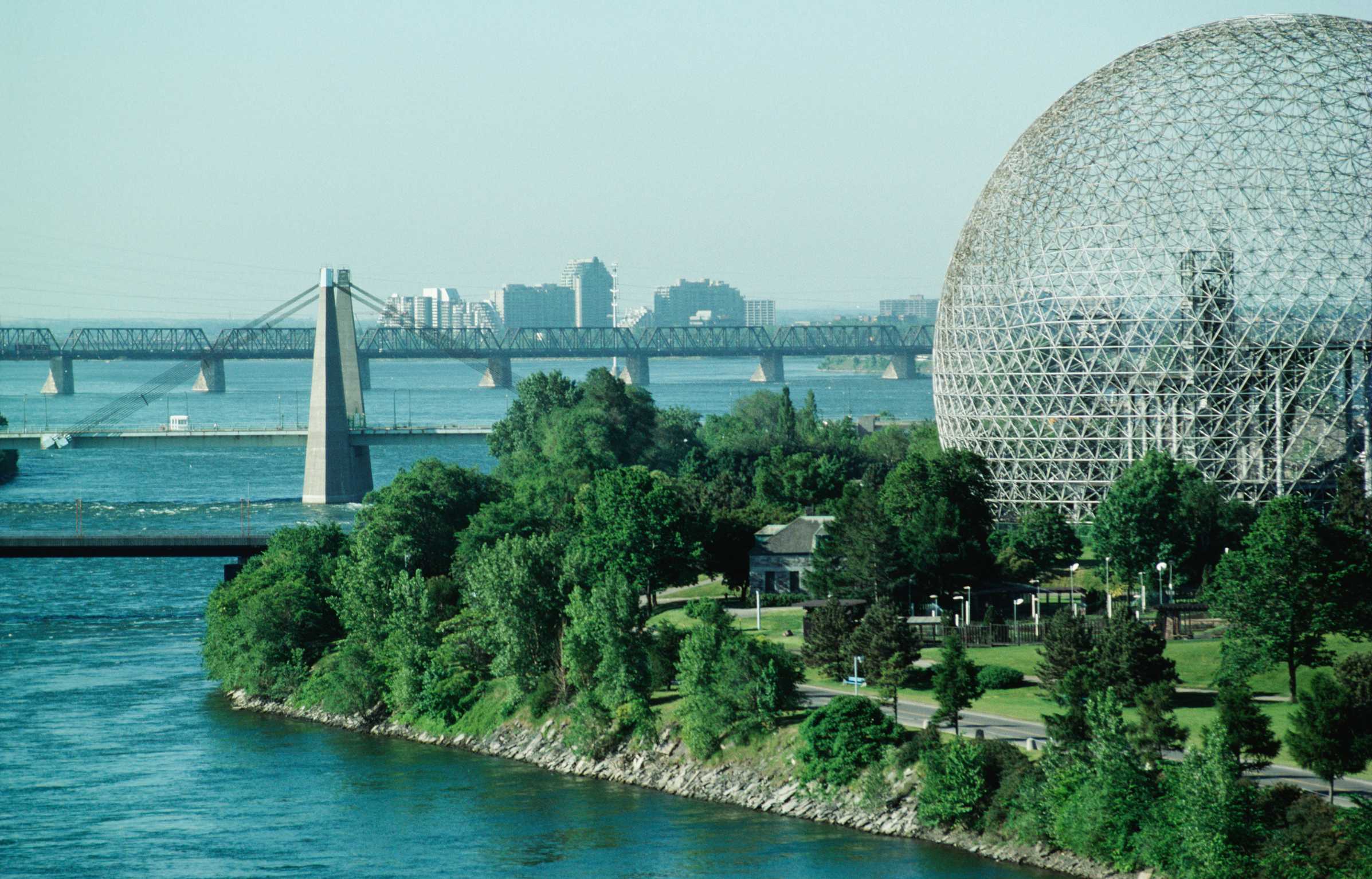
3. Auckland, New Zealand (2.2µg/m3)
New Zealand, renowned for its natural beauty, boasts Auckland as a shining example of a low-pollution city. It consistently maintains air quality that surpasses World Health Organization recommendations. Strict environmental regulations, including stringent controls on industrial emissions and vehicle standards, play a pivotal role in preserving the city’s pristine air.
Their commitment to renewable energy sources, such as geothermal and hydroelectric power, further contributes to its low pollution levels. The city’s abundance of green spaces and parks further enhances its air quality and residents’ well-being. They frequently earn recognition as one of the world’s most livable cities. It has clean air and is committed to environmental sustainability.
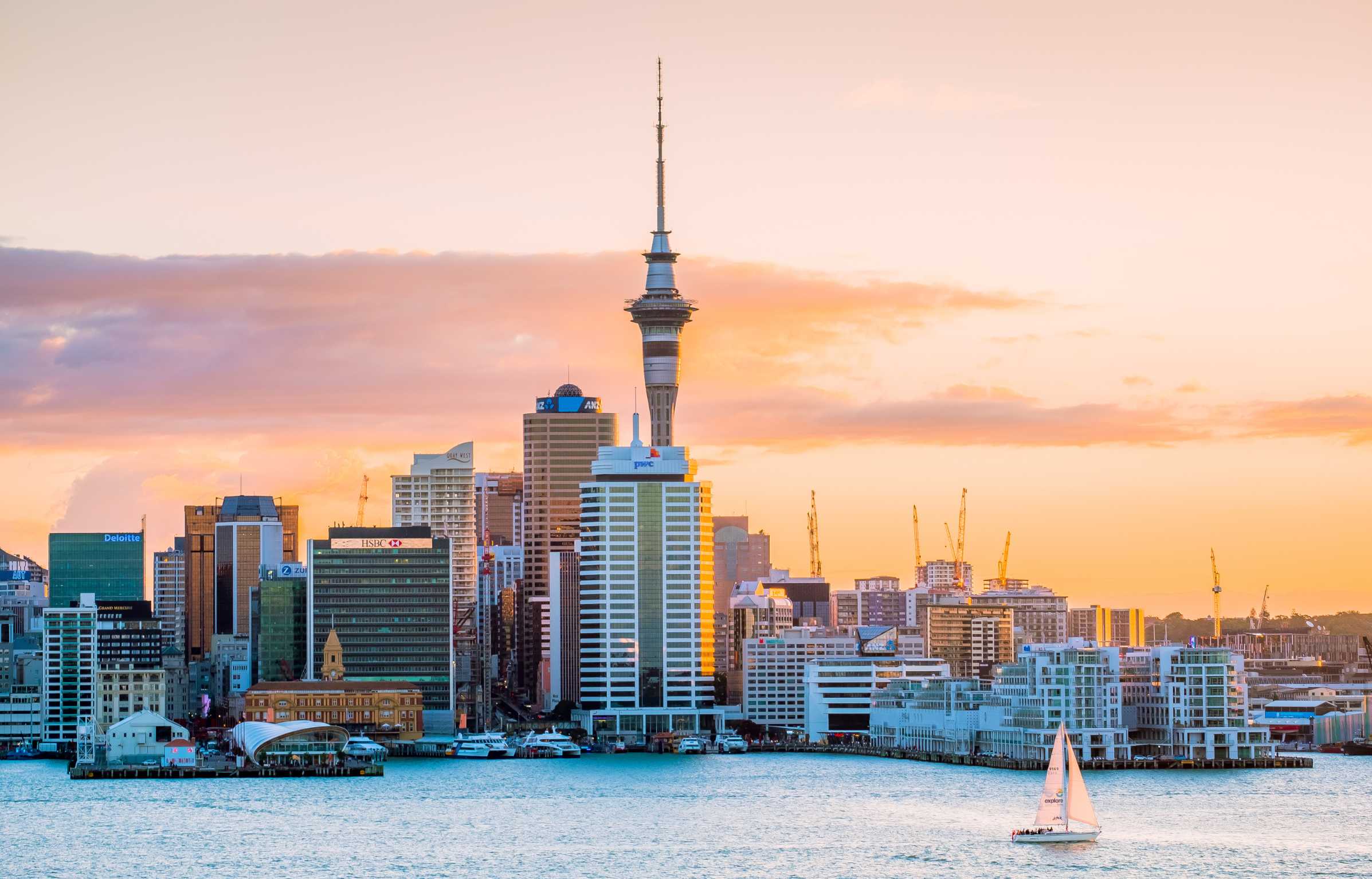
Recommended – 15 Countries Offering Dual Citizenship – Ideal Relocation Destinations
4. Stockholm, Sweden (3µg/m3)
Stockholm’s commitment to sustainable living is evident in its immaculate air. The city’s extensive public transportation networks, including buses, trams, and a well-developed metro system, significantly reduce the number of cars on the road, thereby curbing emissions. They also boast many energy-efficient residential and commercial buildings, minimizing their environmental impact.
It minimizes energy use and pollution, reducing the city’s carbon footprint. The city actively promotes cycling and walking through its well-planned infrastructure, making these modes of transportation safe and convenient. These combined efforts have made Stockholm a global model for clean air initiatives, inspiring other cities to adopt similar sustainable practices.
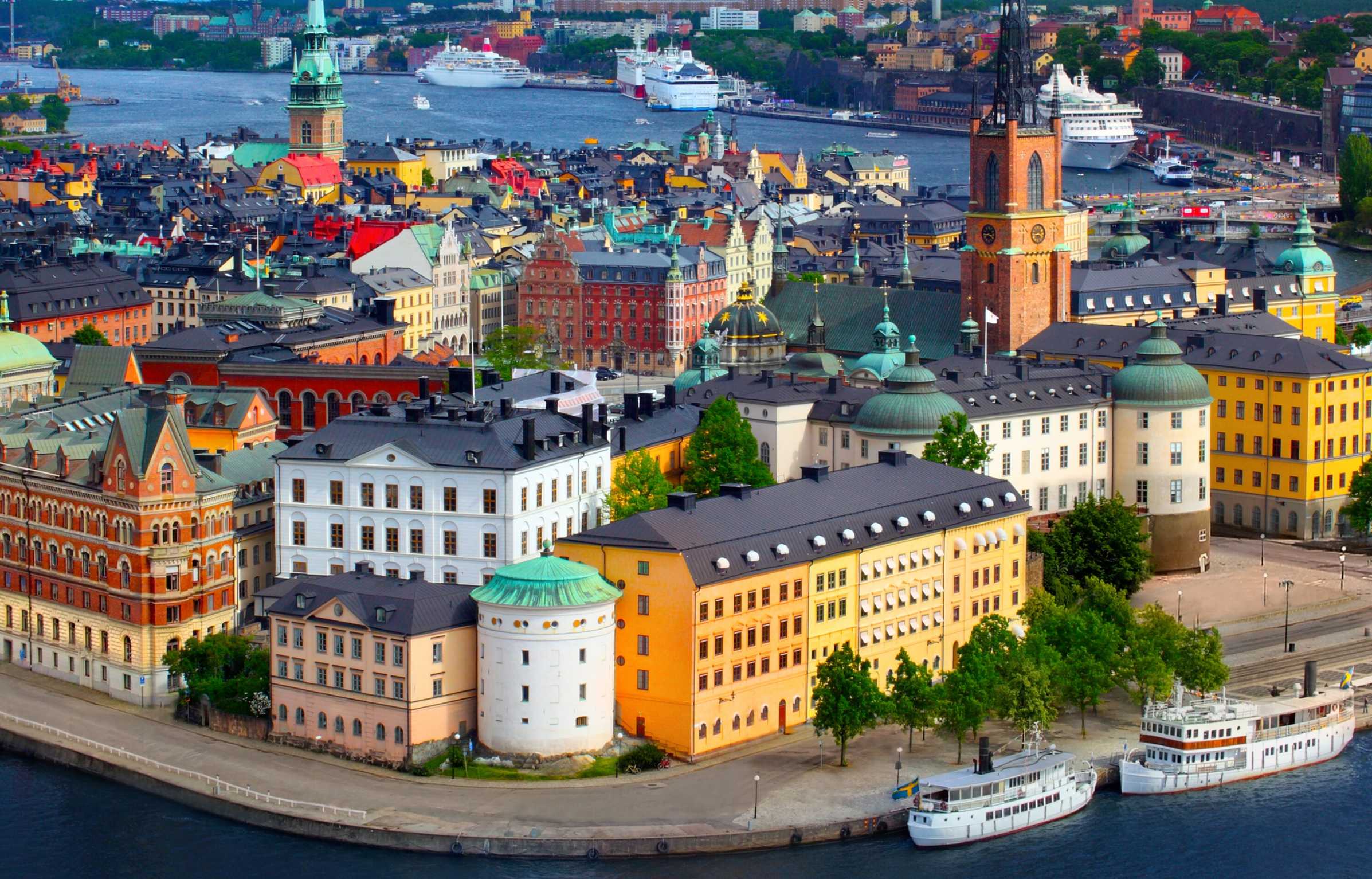
5. Nice, France (3.1µg/m3)
Nice enjoys an average air quality with an average concentration. Its coastal location and the Mistral winds, a strong, cold, northwesterly wind that frequently sweeps through the region, play a significant role in dispersing pollutants and maintaining clean air. They also prioritize pedestrian-friendly zones and public transportation, with a well-developed tram, bus, and bike path network.
The city has implemented several initiatives to reduce car traffic in the city centre, including traffic restrictions, extensive pedestrian-only zones, and incentives for using public transportation, such as subsidized transit passes and bike-sharing programs. These efforts improve air quality and enhance the quality of work-life balance for residents and visitors who enjoy the city’s many attractions without heavy pollution.
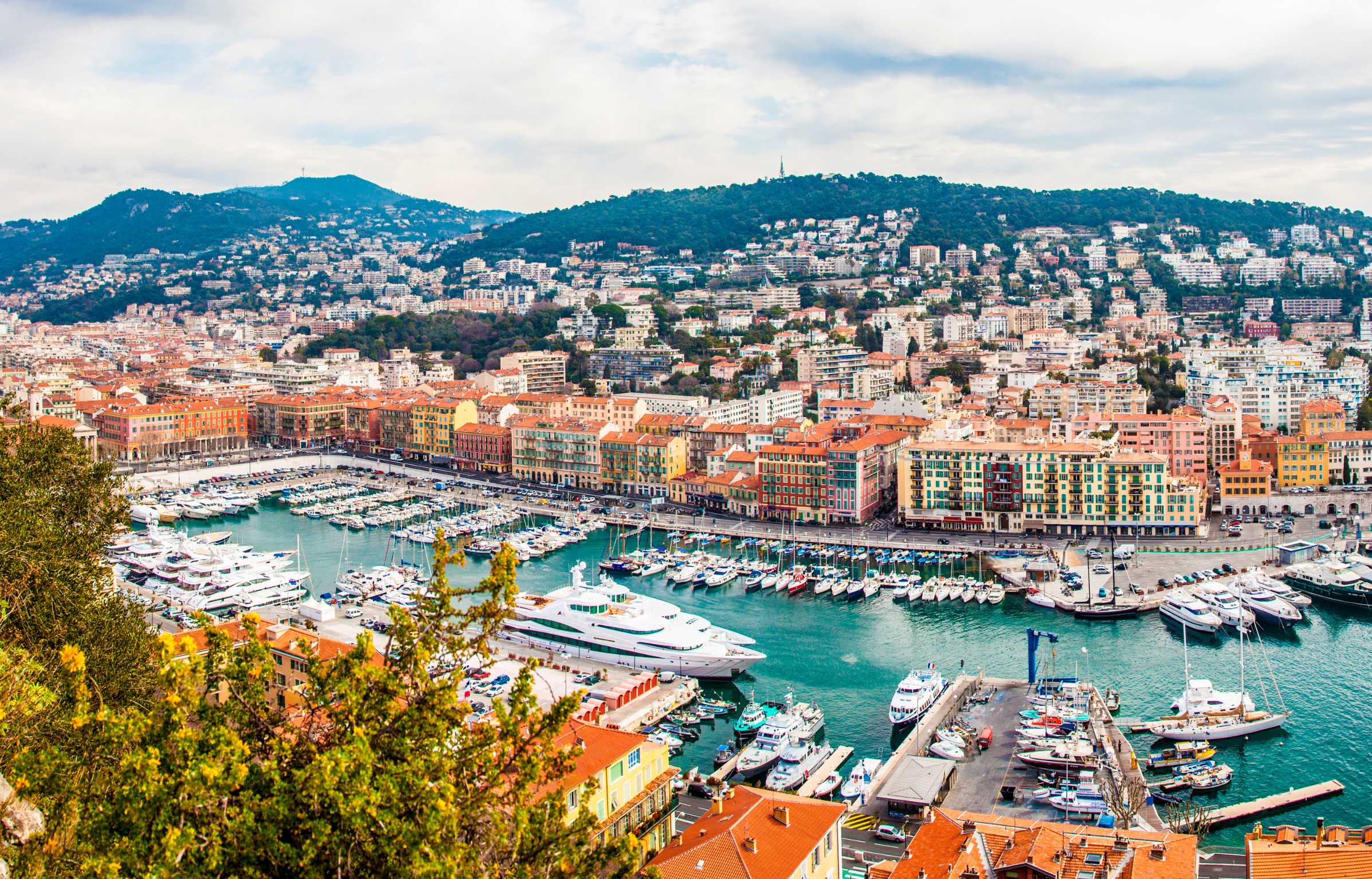
? Related – Relocating to Paris? Here’s Everything You Need to Know
6. Oslo, Norway (3.2µg/m3)
Oslo, surrounded by mountains and fjords, boasts exceptional air quality. It is significantly below the World Health Organization’s recommended limit. It making Oslo a haven for clean air enthusiasts. Hydroelectric power, accounting for over 95% of the city’s electricity, exemplifies Oslo’s green energy commitment. They also have a well-developed public transportation system, including buses, trams, subways, and ferries.
It encourages residents and visitors to opt for eco-friendly transportation options. The city’s commitment to strict emission controls for vehicles and industries further contributes to its pristine air quality. It consistently ranks among the least polluted cities globally for clean air, making it an attractive destination for those seeking a healthy and sustainable lifestyle.

7. Bangkok, Thailand (4µg/m3)
Bangkok has significantly improved its air quality. The city has actively promoted the adoption of electric vehicles through incentives and infrastructure development. It is aiming to reduce emissions from the transportation sector. It has invested heavily in expanding its public transportation network, including the Skytrain (BTS) and subway (MRT) systems.
These developments provide residents with convenient and eco-friendly alternatives to private cars. These efforts, coupled with stricter regulations on industrial emissions and the promotion of cleaner fuels, have contributed to a noticeable improvement in Bangkok’s air quality. While challenges remain, the city’s commitment to tackling pollution is an example of other urban centres grappling with similar issues.

?♀ Also read – The 10 Best Cities To Move To In 2024
8. Milano, Italy (4.1µg/m3)
Milan, a significant economic and fashion hub in Italy, has improved its air quality despite being a bustling urban centre. It has seen a notable decrease in pollution levels in recent years. The city’s multifaceted approach to environmental sustainability contributes to this positive trend. They’ve enacted measures, like the Area C congestion charge, to ease traffic in the city centre.
The city has also expanded its public transportation network. They are making it easier and more convenient for residents to opt for cleaner modes of travel. Milan has been investing in renewable energy sources and promoting energy efficiency in buildings, reducing its carbon footprint. Milan’s progress in air quality sets a strong example for other cities pursuing sustainability.

9. Melbourne, Australia (4.2µg/m3)
Melbourne is a vibrant and culturally rich city in Australia. They boast relatively low air pollution, mainly due to the city’s stringent environmental standards and significant investments in renewable energy sources. Melbourne has implemented comprehensive regulations to curb emissions from industries and vehicles, promoting cleaner fuels and energy-efficient technologies.
The city has embraced renewable energy, with a growing focus on solar and wind power. This shift towards cleaner energy sources has significantly reduced the city’s carbon footprint and contributed to its cleaner air. It has become an attractive destination for those seeking a healthy and sustainable lifestyle. If you want to learn more about this city, read our complete Melbourne city guide.
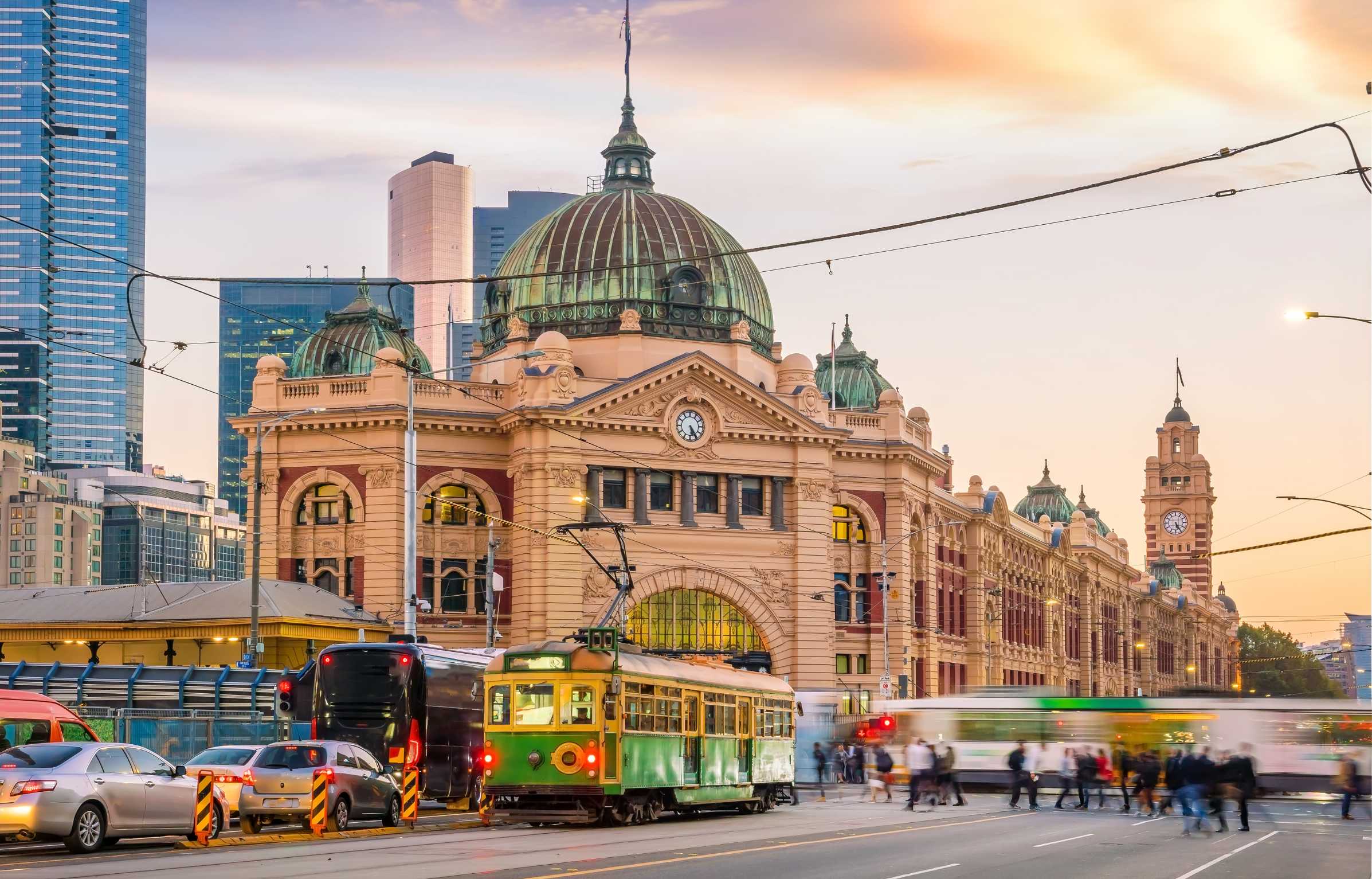
10. Madrid, Spain (4.5µg/m3)
Madrid, the vibrant capital of Spain, has made impressive strides in improving its air quality. Despite being a major urban centre with significant traffic and industrial activity, it is a testament to the city’s commitment to reducing pollution. It creates a healthier environment for its residents and visitors. One of the critical factors behind Madrid’s improved air quality is its focus on reducing traffic emissions.
The city has implemented a low-emission zone in the city centre, restricting access to high-polluting vehicles. It has invested heavily in public transportation, expanding its metro and bus networks and promoting cycling. Walking is encouraged by creating dedicated lanes and pedestrian zones. These efforts have noticeably improved Madrid’s air quality, making it a healthier and more enjoyable city.
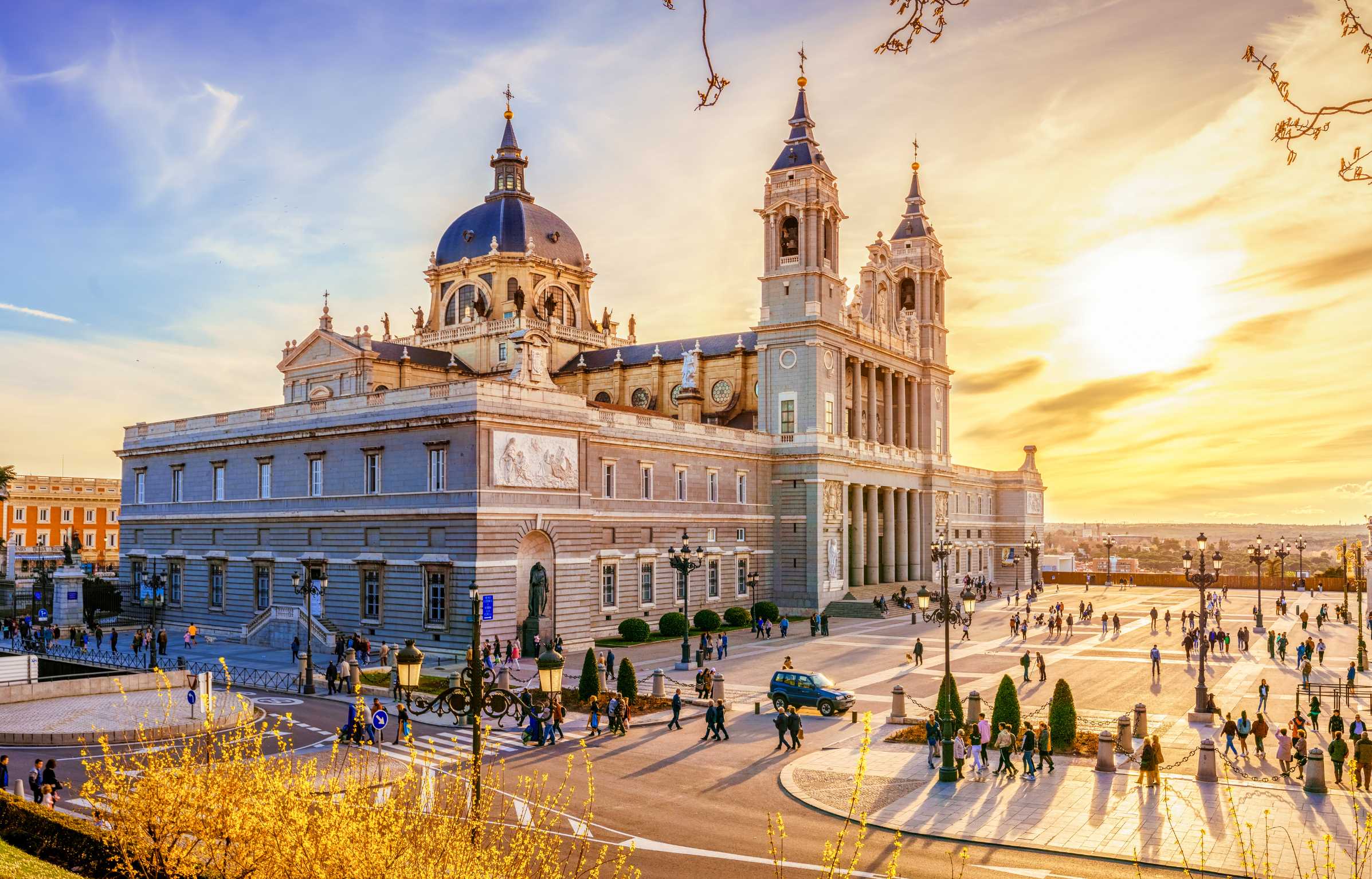
Bottom Line
These 10 least polluted cities prove that a commitment to sustainable living makes a real difference in air quality. It prioritizes clean energy, investing in public transportation, and enforcing strict emission rules. They’ve created a blueprint for a healthier future. These cities aren’t just great examples; they offer residents and visitors the chance to breathe more easily every single day.
For a complete and up-to-date list of the world’s air quality rankings, visit IQAir’s. This resource offers comprehensive global air quality data, including PM2.5 levels, health risks, and trends.
Start Your 2024 Move to a City with Clean Air
Is cleaner air a top priority for your next move? If so, you’ll want to consider these cities with exceptional air quality. We make your move smooth and stress-free by guiding you through every step.
Don’t let the challenges of relocating deter you from a healthier lifestyle. We’ll handle your move so you can enjoy cleaner air and a fresh start. ?
Fix a meeting to discuss how we can help with your move. ?
Fill out our form to start your hassle-free relocation process.







